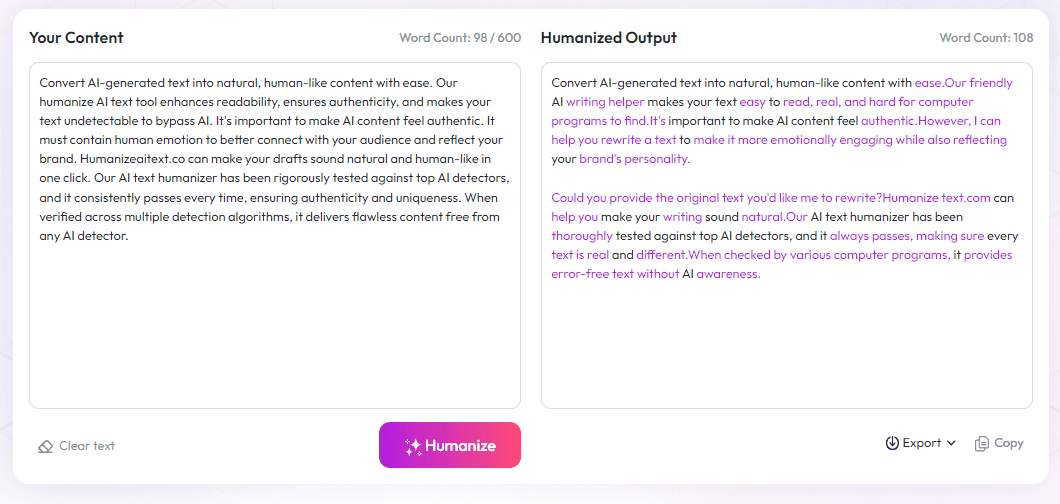Table of Contents
If you're trying to figure out who owns the rights to a creative work, things can get a bit confusing. You might think that just creating something automatically makes you the owner, but that’s not always the case. There are different ways for rights to be assigned, like work for hire or copyright transfer, and understanding these can save you a lot of hassle later on. Keep reading to find out which option works best for you and how it could affect your rights and flexibility.
Key Takeaways
Key Takeaways
- Work for hire automatically gives ownership of the work to the employer if created within job scope, with a proper written agreement. Without that, the creator owns the rights.
- Copyright transfer means the creator owns the work first and then voluntarily hands over rights through a written contract. This can be revoked after 35 years in some places.
- Clear, written agreements are crucial to define rights, whether for work for hire or transfers, to prevent legal issues later.
- Use work for hire when quick ownership transfer is needed, especially in employment or statutory work categories. Choose copyright transfer when the creator wants to keep some rights or for independent work.
- Licensing is an alternative to outright transfer, allowing use rights without giving full ownership, which can suit ongoing projects or digital content sharing.

Work for hire means the creator never owns the copyright; it belongs from the moment of creation to the employer or client if the work fits into specific categories and a proper written agreement states it is a work made for hire. In contrast, copyright transfer (or assignment) involves the creator initially owning the copyright and then voluntarily transferring that ownership to someone else through a written agreement.
Under **work for hire** rules, ownership is automatic when certain conditions are met. Typically, this applies when a work is created by an employee within their job scope or when it falls into one of nine statutory categories, like contributions to a collective work or audiovisual projects. For example, if an employee designs a logo during work hours, the employer automatically owns that design’s copyright.
To qualify as a work for hire, there must usually be a clear, written agreement confirming this status before or at the time of creation. If no such agreement exists, the creator generally retains the copyright, and the employer’s claim may be invalid. This means that relying solely on oral agreements or implied understanding isn't enough to establish work for hire—formal documentation is key.
The conditions for a work to be considered a work for hire include:
- Creation by an employee in the scope of employment
- Creation under a written agreement explicitly stating it is a “work for hire” when created by a contractor or freelancer
- Falls into one of the nine statutory categories, like contributions to a collective work or motion pictures
Legally, if these conditions are satisfied, the copyright automatically belongs to the employer or client from the outset, avoiding future disputes about ownership. For example, many companies prefer treating all commissioned work as work for hire to keep ownership clear-cut, especially since it simplifies licensing and use rights.
On the other hand, copyright transfer—or assignment—starts with the creator owning the work by default. The owner then agrees, in writing, to assign or sell all or part of their rights to another party. Think of it as a voluntary handover of ownership, which can be as simple as signing a contract. For instance, a freelance writer might transfer all rights to their article to a magazine publisher through a signed agreement.
Vital to this process is a clear, written contract because, in many jurisdictions like the U.S., oral agreements generally don't hold up in court. The contract should specify elements like which rights are transferred, whether the transfer is permanent or for a specific period, and if any rights are retained by the creator.
Remember, unlike work for hire, **copyright assignments can be terminated after 35 years** in the U.S., giving creators a chance to reclaim their rights if they wish. This termination right adds flexibility for creators who might later decide to regain control of their works.
In summary, the key difference comes down to ***who owns the copyright when the work is created***. Work for hire grants immediate ownership to the employer or client under specific conditions without the creator’s ongoing involvement, while copyright transfer involves the creator initially owning the work, then voluntarily handing over ownership through legally binding agreements.

5. What Clients Should Understand
5.1 Benefits of Work for Hire
Using work for hire agreements can make transfer of ownership straightforward and quick.
It helps avoid future disputes over rights, especially in fast-paced industries like advertising or media production.
Many companies prefer to treat all commissioned work as work for hire because it locks in ownership from the start.
This approach simplifies licensing and reduces the need for ongoing negotiations with individual creators.
It’s also useful when time-sensitive projects require clear, immediate rights without extra paperwork.
5.2 When to Use Copyright Transfer
Opt for copyright transfer when the work falls outside the statutory categories or when the creator wants to retain some rights.
This is typical in independent artist collaborations or licensing deals where ongoing control matters.
It’s common in situations where the creator produces a work and then sells or licenses rights—like a photographer selling images to a client.
Another case is when an author wants to maintain ownership but grants specific licensing rights to a publisher.
Understanding when and how to use transfer agreements helps you avoid pitfalls like incomplete rights or future reclaims.
5.3 Ensuring Clear Agreements
Always put every detail in writing—verbal agreements often aren’t enough to protect your rights.
Specify whether rights are transferred permanently or temporarily, and which rights are included (reproduction, distribution, public display, etc.).
Adding clauses about royalties, reversion rights, and termination options can save headaches down the line.
Work with a legal expert or an experienced contract lawyer to make sure all key points are covered.
Be cautious with ambiguous language; clarity helps prevent misunderstandings and legal disputes.
6. Which Option Fits Your Needs? Choosing Between Them
6.1 When to Use Work for Hire
If you want to own the rights immediately and the work fits into statutory categories, work for hire is often the way to go.
Examples include creative works made by employees during employment, like graphic design or software developed by your team.
It’s also suitable when an explicit and documented employment agreement states that the work is done as part of the job.
Consistent use of work for hire can keep ownership simple and clear, especially for corporate environments.
Just remember, the work must meet legal criteria; otherwise, you could face challenges claiming ownership later.
6.2 When to Use Copyright Transfer
Choose copyright transfer if the creator retains rights initially or if the work doesn’t fall into statutory categories.
This approach works well for independent contractors or freelancers who create unique content outside of employment relationships.
Transferring rights gives the client full control, including licensing and resale.
It's appropriate when a creator wants to retain some licensing flexibility or future rights could be reclaimed, depending on the agreement.
This route is common in royalty-free licensing deals or when a creator sells the rights outright.
6.3 Alternatives – Licensing
Sometimes, neither work for hire nor outright transfer fits perfectly.
Licensing allows you to use a work without owning it, which keeps control and reduces legal complexity.
Limited licenses specify exactly what you can do with a work—such as use in a certain territory or for a certain period.
This method is flexible for ongoing collaborations and can be revocable or non-revocable.
Using licensing agreements can be a good compromise, especially for niche markets or digital content like stock images and music.
FAQs
Work for hire means the employer owns the rights immediately if criteria are met, while copyright transfer involves the creator initially owning the work and voluntarily transferring rights through an agreement.
Both options require clear, written agreements to specify ownership rights, ensuring legal clarity whether designating work as work for hire or transferring copyright ownership.
Yes, in some cases like in the U.S., creators can terminate a copyright transfer or assignment after a set period, typically after 35 years, to regain control of their work.
In work for hire, the employer or client automatically owns the rights from the moment of creation, without needing additional agreements or transfers.



